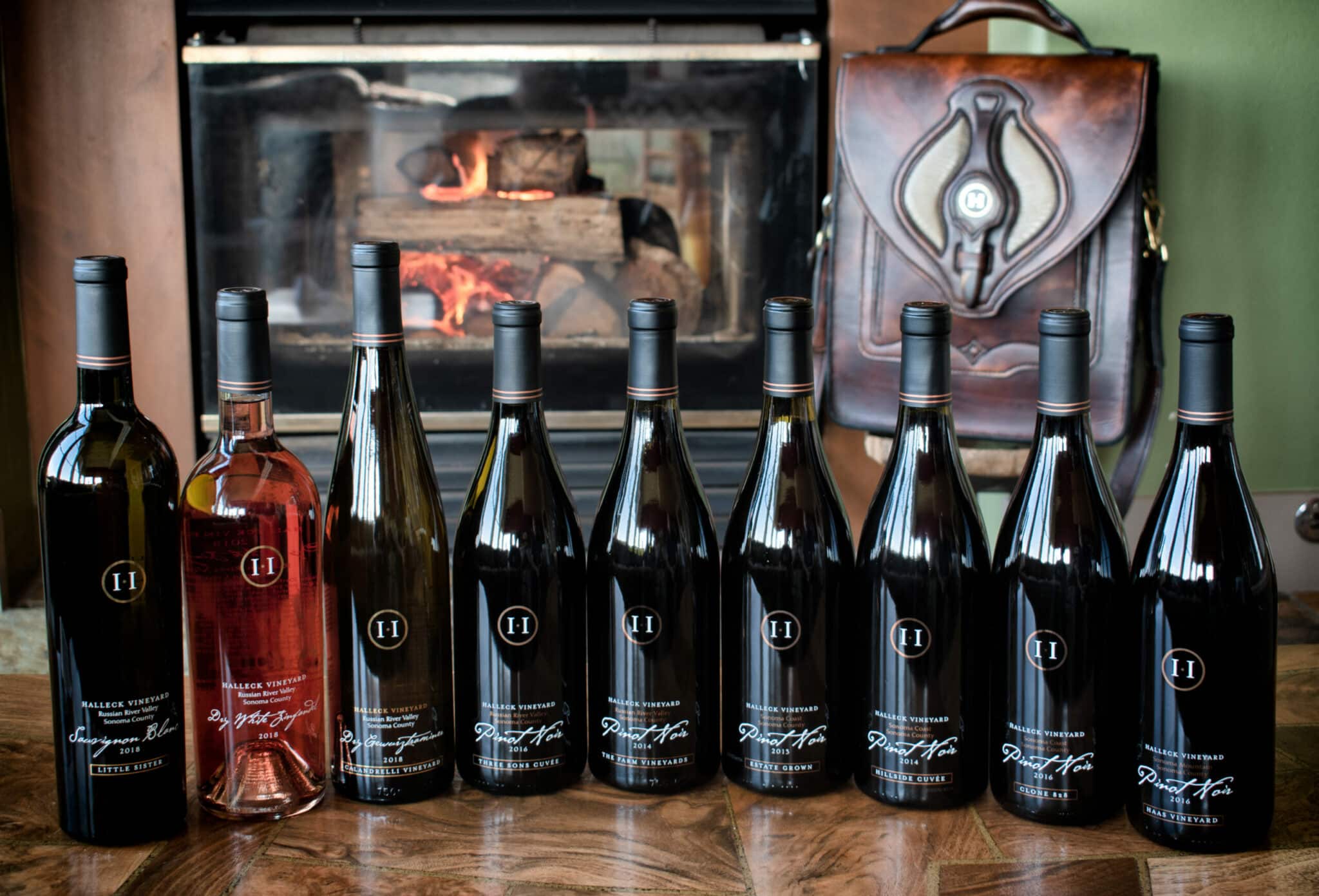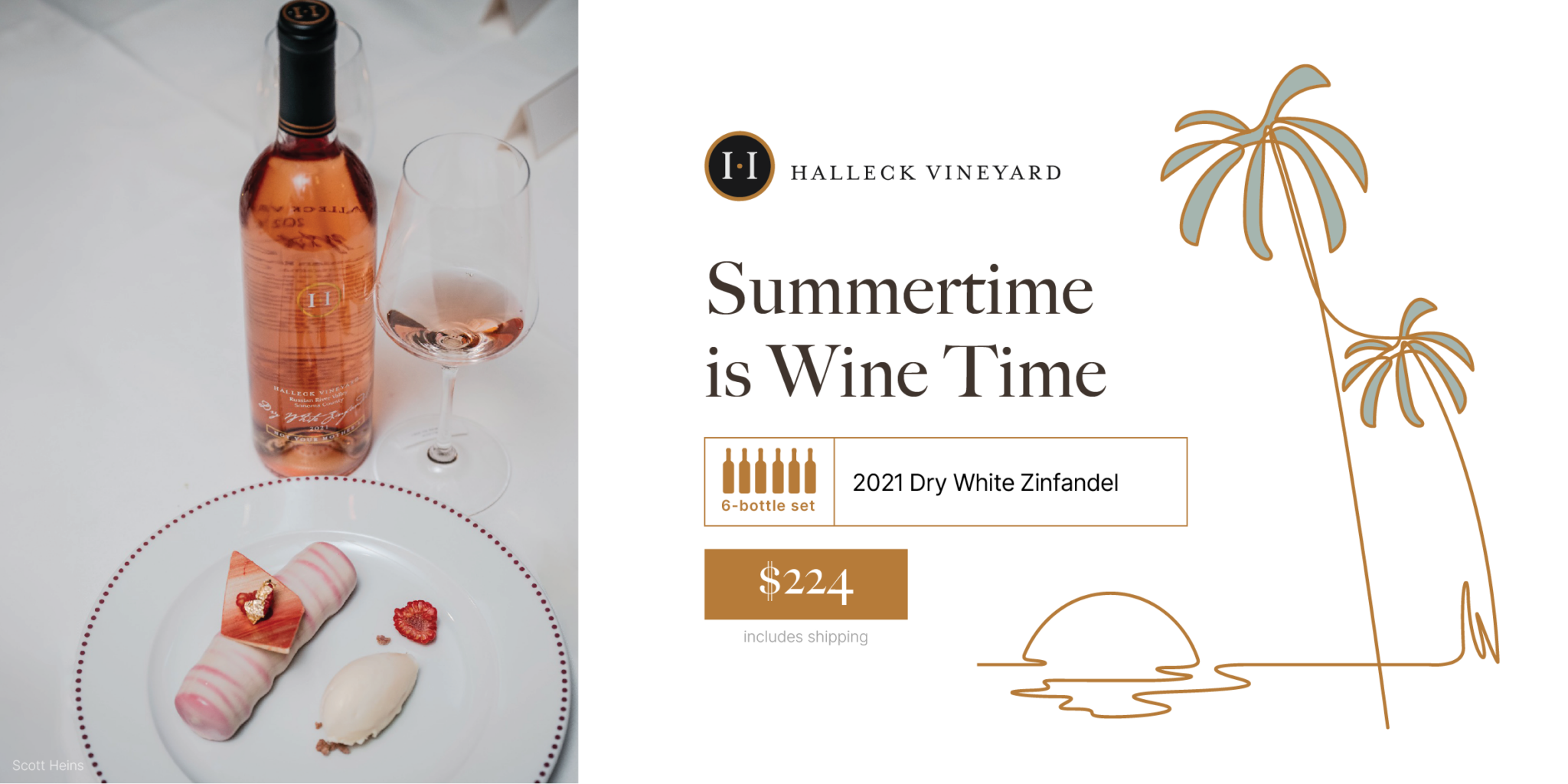Wineries With Locally Sourced Food Options - Discovering The Vineyards Of Sonoma County
Wineries With Locally Sourced Food Options - Discovering The Vineyards Of Sonoma County
Blog Article
Off The Beaten Path Wineries In Sonoma - A Winery In The Sonoma Valley To Discover
Wine tasting is an art that combines sensory experience with an appreciation for the nuances of various varietals. How to evaluate flavors in winery wine tasting periods is pivotal to grasping the complexities of wine.
Partaking in a wine tasting includes more than simply sipping and savoring. It requires a centered method to establish aromas and flavors that every wine presents. As you begin, observe the wine's appearance, noting its color and readability. These visible cues usually counsel a wine’s age, grape variety, and even potential flavor profiles.
The subsequent step in the tasting course of is to swirl the wine in your glass. This action releases aromatic compounds which may be very important for analysis. Lean in and take a second to inhale deeply; the aromas can vary from floral and fruity to spicy and earthy. The nose of the wine is just as necessary as the palate, and recognizing scents performs a big position in understanding the general experience.
When taking your first sip, allow the wine to maneuver throughout your palate - Wineries Ideal For Large Groups. Notice the initial flavors that current themselves. Is the wine fruity, floral, or maybe herbaceous? This initial style provides insight into what the wine is prone to specific as you proceed to evaluate it. The mouthfeel additionally contributes to the general flavor experience; it can be silky, tannic, and even effervescent.
Wineries Pairing Wine With Chocolate - Winery In The Sonoma Wine Region
As you proceed tasting, take note of the wine’s steadiness. A well-balanced wine will harmonize acidity, sweetness, and tannins. If one component overwhelms the others, it'd indicate a much less desirable quality. Evaluating balance can help you identify how nicely the wine would possibly pair with food.
Transitioning to the end, contemplate how the flavors evolve because the wine lingers on your palate. A long, nice finish can indicate a high-quality wine, while a short or abrupt finish might counsel in any other case. Mirror on whether or not the flavors stay constant or if new notes emerge as the wine settles. This development can reveal complexities and intricacies which may not have been apparent in the initial tasting.
Temperature can be a vital consider evaluating wine flavors. Different kinds of wine are optimally loved at particular temperatures. White wines typically shine when chilled, while red wines usually perform greatest at room temperature. When tasting, make sure the wine is on the acceptable temperature to fully recognize its character.
Sonoma's Top Sparkling Wine Producers - Sebastopol Area Wineries Offering Wine
Pairing food with wine can greatly improve the tasting experience. Meals can influence the perception of flavors in wine, both highlighting sure characteristics or diminishing them. When evaluating flavors, think about how the wine interacts with different meals, noticing which flavors are amplified or muted (Wineries Ideal For Romantic Getaways).
Contemplate the affect of terroir as you interact in a winery tasting. Terroir encompasses the distinctive environmental factors that have an result on grape rising, including soil composition, climate, and geography. Understanding a wine's terroir can provide perception into its flavors and aromas, fostering a deeper appreciation for the choices made during its cultivation and manufacturing.
Education performs a elementary role in enhancing one's capability to evaluate wine flavors. Studying about grape varieties, wine areas, and production methods can pave the finest way for more knowledgeable judgments throughout tastings. Moreover, attending workshops or classes can refine sensory skills and broaden your flavor vocabulary, enabling you to articulate tasting notes extra effectively.
Lastly, it's essential to keep in mind that evaluating wine flavors is a extremely personal experience. Particular Person preferences and perceptions will invariably shape one’s tasting journey. Enjoyment ought to be at the forefront, with the analysis process acting as a device to enhance understanding and appreciation rather than create inflexible tips.
Wineries With Breathtaking Gardens In Sonoma - Wineries With Outdoor Tastings In Sebastopol
In conclusion, mastering the way to consider flavors in winery wine tasting classes includes a mix of sensory engagement, data, and practice. By studying more tips here to establish aromas, assess the stability, and recognize the intricacies of flavor, wine enthusiasts can deepen their connection to each bottle they encounter. As with any art type, the extra one immerses themselves within the experience, the more they will discover and enjoy the huge world of wine.
- Start by observing the wine's shade and clarity, as these visual parts can trace at its flavor profile and growing older potential.
- Swirl the wine gently in your glass; this releases fragrant compounds, permitting you to raised establish the advanced scents associated with the wine.
- Take a deep inhale earlier than tasting, specializing in both primary and secondary aromas to gather insights on fruits, spices, and different nuances.
- When tasting, enable the wine to coat your palate; note the preliminary flavors, the mid-palate complexity, and the end as these phases can provide totally different flavor highlights.
- Pay attention to texture and mouthfeel, as features such as tannin levels, acidity, and sweetness contribute significantly to the overall tasting experience.
- Evaluate flavors in opposition to standard wine characteristics; for red wines, think about berry notes, oak influence, and natural tones, whereas whites could include citrus, stone fruits, and floral hints.
- Take notes during the tasting session to track your impressions, helping you to remember and consider the completely different wines sampled.
- Focus On your findings with fellow tasters or winery staff, as sharing insights can improve understanding and appreciation of individual flavors.
- Permit time for the wine to breathe; sometimes, flavors evolve and reveal new dimensions after being uncovered to air.
- Experiment with food pairings in the course of the tasting as they'll dramatically alter how flavors are perceived, influencing total enjoyment.undefinedWhat should I look for when evaluating the aroma of wine during a tasting?
Begin by swirling the wine in your glass to release its aromas. Bring the glass to your nostril and take a deep breath. Pay attention to the primary scents you detect, as these are often essentially the most distinguished. Look for fruit, floral, natural, or earthy notes and try to establish specific traits, which will deepen your understanding of the wine's complexity.
Wineries That Offer Barrel Tastings - Wine Tasting And Vineyard Tours In Sonoma

How can I distinguish between different flavor profiles in wine?
Understand that flavor profiles are often categorized as fruit, floral, herbaceous, spicy, or mineral. Take small sips and permit the wine to coat your palate. Discover the first flavors that emerge first and the refined notes that observe. This layering is essential in distinguishing the wine's characteristics and will allow you to recognize its unique profile.
Top Rated Wine Experiences In Sebastopol - Sebastopol Wine Country Vineyards Adventure
What is the significance of the wine's texture in a tasting?

The texture of the wine, also referred to as mouthfeel, plays an important role in how we perceive flavors. Pay consideration as to whether the wine feels smooth, creamy, or gritty. The physique of the wine (light, medium, or full) can enhance or distinction with flavors, providing a extra rounded experience during tasting.
How do I assess the stability of flavors in wine?
Stability in wine refers to the concord between acidity, sweetness, tannin, and alcohol. Take a moment to evaluate have a peek at this website whether or not these elements complement or interfere with each other. A well-balanced wine could have none of its elements overpowering the others, creating a pleasing tasting experience.
Best Pinot Noir Wineries In Sebastopol - Wine Tasting Experiences In Sebastopol
What role does temperature play in evaluating wine flavors?
Temperature can significantly impact the perception of flavors. Typically, pink wines are greatest served slightly beneath room temperature, whereas white wines benefit from being chilled. As the temperature modifications, the aromas and flavors can shift, allowing you to understand completely different traits. It’s important to taste wine at its optimal temperature for true evaluation.
Wineries Known For Their Hospitality - Tasting Fine Wines In Sonoma County
How can I enhance my tasting skills over time?
Practice is key to improving your tasting skills. Elegant Wine Tasting Locations In Sonoma. Attend tastings, keep a journal of your experiences, and discover various sorts of wines to broaden your palate. Additionally, studying about wine production and grape varieties can provide context that enhances your analysis process, making you a extra informed taster.
Is there a selected order in which I ought to style the wines?
Wineries With Live Music Events Occasionally - Sonoma Wine Tasting Recommendations
Sure, it’s advisable to style wines from light to full-bodied and dry to sweet. This progression prevents the stronger flavors from overshadowing the extra delicate ones, permitting you to totally appreciate each wine's traits and nuances with out palate fatigue.
How can I evaluate the aftertaste of wine?
Wineries Promoting Wine Club Memberships - Wine Tasting And Vineyard Tours In Sonoma
The aftertaste, or end, is a vital facet of the wine-tasting experience. After swallowing, take note of how long the flavors linger in your palate and whether they change. A long, nice end is usually an indicator of a high-quality wine, while a short or unpleasant end might suggest otherwise.
Why is it necessary to notice the wine’s acidity throughout tasting?
Acidity contributes to the overall freshness and structure of the wine. Pay consideration to the tingling sensation in your tongue; larger acidity can enhance the wine's liveliness and stability out sweetness. Noting acidity helps decide the wine's versatility with food and its getting older potential.
What should I do if I struggle to identify particular flavors in wine?
Wineries In Green Valley - Best Vineyard Visits In Sonoma
Struggling to identify flavors is common, especially for novices. Focus on broader classes and describe what you'll be able to acknowledge, corresponding to candy or earthy notes. With practice, studying about different flavor profiles, and perhaps using flavor wheels, you will refine your senses and develop a extra nuanced approach to tasting. Report this page